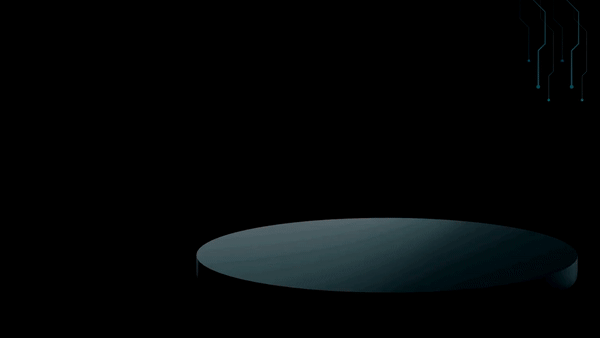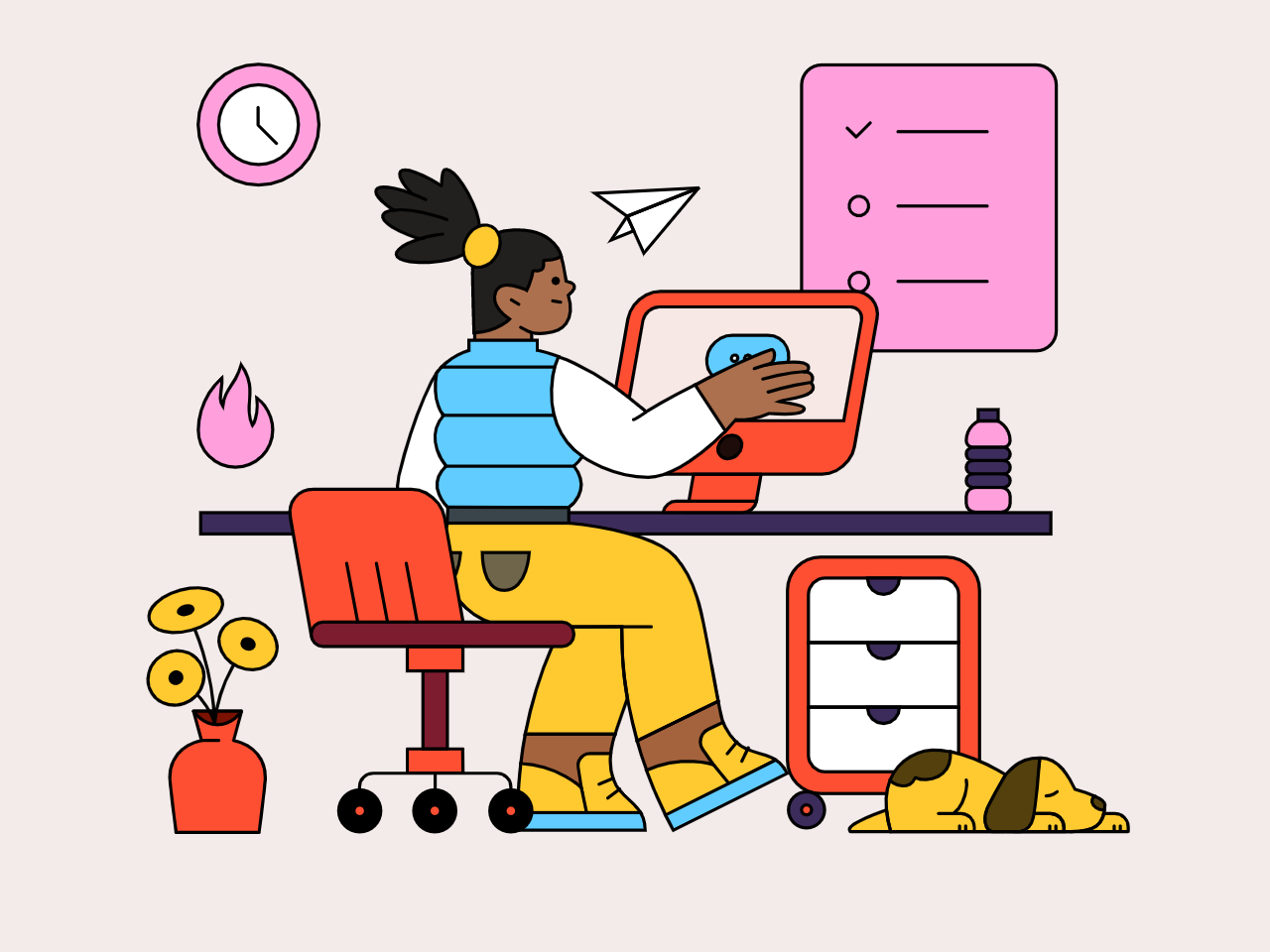How to Use AI in Building Workflows
Discover how incorporating artificial intelligence (AI) into your workflows can revolutionize productivity. Learn how to leverage AI for timesheets, planners, and more to streamline your business processes and maximize efficiency.

Good workflow plans are key for companies to hit top work output and results.
Put plainly, a workflow is a set of linked steps that help push a job or project forward.
Why do smart workflows help firms? They make sure that:
- jobs get done fast
- tools are used well
- talk is clear and direct.

To make a workflow 🙌, you need to set out a plan for:
- tasks,
- who does what,
- set rules for sharing info and stuff.
AI and Workflows
Artificial intelligence (AI) changes how we work by:
- taking on simple, repetitive jobs
- letting workers spend time on harder, new tasks.
AI looks at huge heaps of data fast and with attention to detail; it helps firms get facts about managing work and people with a guarantee of the best results.
Also, AI tools help make choices faster, helping groups to pick the best options with good data to back them up.
What AI does for work ➡️ It ups the use of machines, makes work better overall, cuts mistakes, makes teamwork better, and sets a clear way to handle tasks.

It lets people use time to think in new ways, plan big, and reach more customers.
AI in work can be presented by:
- Robotic Process Automation (RPA): RPA tools can easily perform such tasks as putting in data, filling forms, and handling emails.
- Data Driven Learning (ML): ML interprets the data pattern to predict the outcome and makes work easy by processing updates as they come.
- Intelligent Decision Automation (IDA): IDA combines AI and sets of rules to handle difficult decisions in an easy manner, such as responding yes or no to loans or the ability to receive insurance.
How to Lay the Groundwork for AI-Enhanced Workflow
Mapping Work and Getting It
First, it's key to know your current workflows well.
When you start with AI changes, it's vital to spot the real problem before looking at tech fixes.
The aim is to understand how info moves, where choices happen, and where things slow down.
How to do this? You use:
- mapping steps,
- talking to workers,
- observing.
Finding Tasks That Repeat and Take Time
When picking what to automate, look for jobs that are:
- time-consuming
- easy to mess up,
- too simple.
These are things like typing data, managing calendars, setting schedules, doing basic social media stuff, sorting emails, and handling customer talks.
Looking at Data Types and Quality
AI needs data to learn and decide. Check the kind and state of data in your flows.
Think if the data is ordered (like in databases) or not (like emails or texts).
Understanding Choice Points
Identify the key spots where choices are made in your flows.
Divide decisions in two categories:
- based on rules (they can be codified for an AI system)
- the ones that require human intuition (they highly depend on context).
Assessing the Potential for Enhanced Decision-Making
- Consider where AI can be helpful for seeing patterns.
- To be confident at this stage, check for data-rich environments.
Identifying AI Suitability and Ethical Considerations
Remember that some tasks are not to be 'given' to AI. They involve:
- deep empathy
- complex judgment
- creative thinking.
Also, always consider the ethical implications of AI integration (biases in AI systems and privacy concerns).
Feasibility and ROI Analysis
Calculate how much integrating AI will cost.
This includes:
- the availability of AI technology
- required infrastructure
- expertise.
Also, assess the potential return on investment (ROI) from integrating AI.

Before going big with AI, start with small test runs. These help you see the real issues and good points of AI use.
This info will guide how to train and shift staff plans as they get used to AI in their work.
After putting AI in place, keep a close watch on how it works. Be ready to change and fine-tune things based on how it does and what users say.
The Bottom Line:
- Assess Workflow Needs
- Choose the Right AI Tools
- List Skills and Resources Required
Best AI Workflow Tools
The good things about adding AI to work steps show the worth of AI tools we talk about next.
By using the strength of AI, these tools give a faster and smarter way to handle workflows, making a place where more work gets done.

AI Timesheets
Task: Make time logging automated and boost work productivity.
Use Cases:
- Remote work schedules
- Consultancy practice
- Invoicing clients
- Task management
- Reporting.
Tools to Test: Top picks are Timely, RescueTime.
AI Planners
Task: Make plans and work lists better.

Use Cases:
- Improving personal productivity
- Teamwork and meeting management.
- Event setups.
Tools to Test: Reclaim.AI for smart plan-making, Google Calendar (AI-powered) for choosing the best meeting times and adjusting to time zones.
AI File Handlers
Task: Make file sorting, sending, and finding automatic.
Use Cases:
- Healthcare where you can send test outcomes to EHRs fast.
- Accounting
- Banking
- Legal practices
- Government agancies.
Tool to Test: Document AI
AI Task Management
Task: Make planning, monitoring, and risk mitigation in performance automated.
Use Cases:
- IT services ( for example, optimal task assignment based on skill/availability)
Tools to Test: Trello, Asana.
AI CRM
Task: Look at client info, make talks personal, predict issues.
Use Cases:
- Retail (Personalized email campaigns = higher sales)
- B2B SaaS (Predict churn, improve retention)
Tools to Test: Salesforce Einstein, HubSpot CRM.
Conclusion

Putting AI into workflows has made it way easier to deal with big data, spot patterns, and make smart decisions, which, overall, makes things run smoother and faster.
A top help from AI in keeping workflows right is how it can manage lots of data faster and more effectively than humans.
This sets people free to focus more on creative work.
As AI tech gets better, we can look forward to new breakthroughs in its ethical (!) application.
But what is clear now is that businesses that use AI soon will be more set to deal with changes in the market, beat their rivals, and win in the long run.




